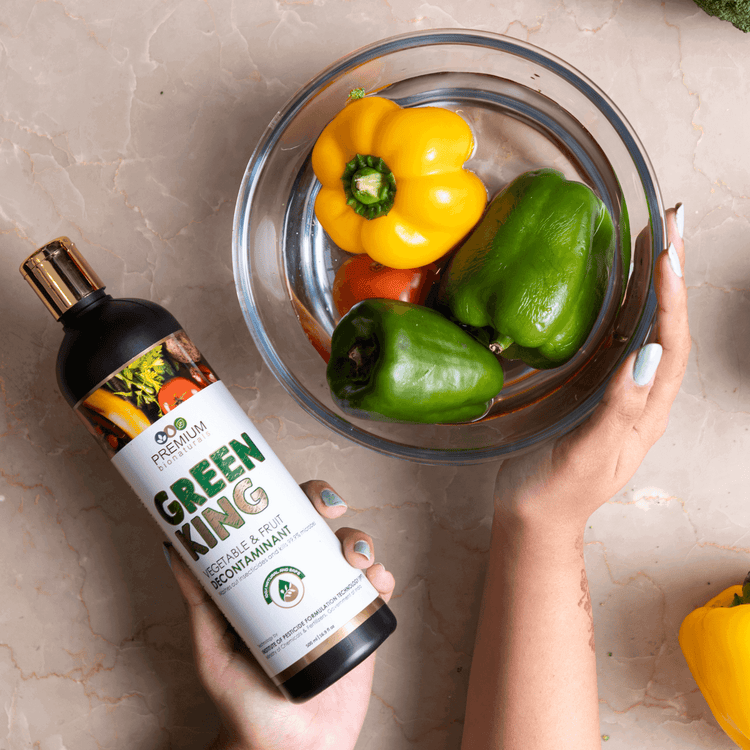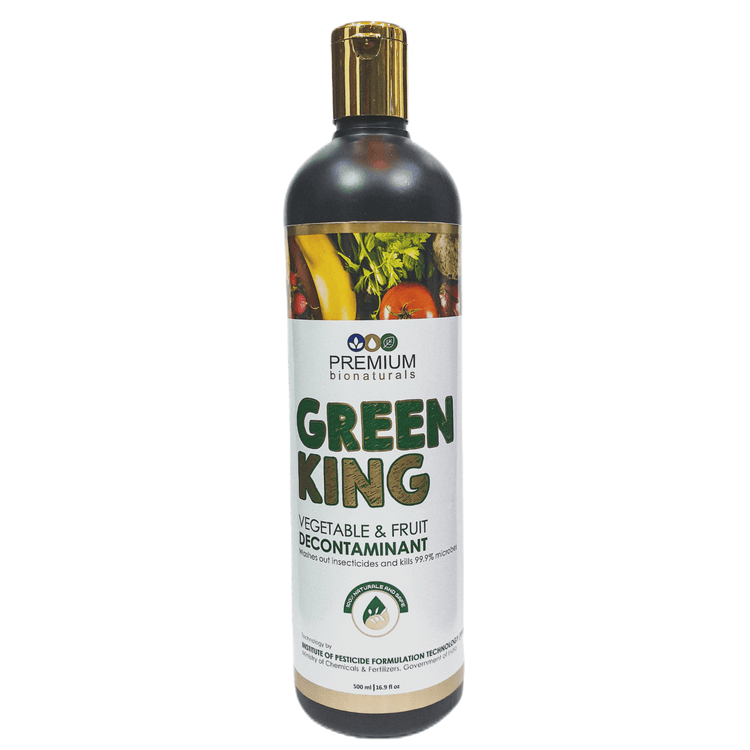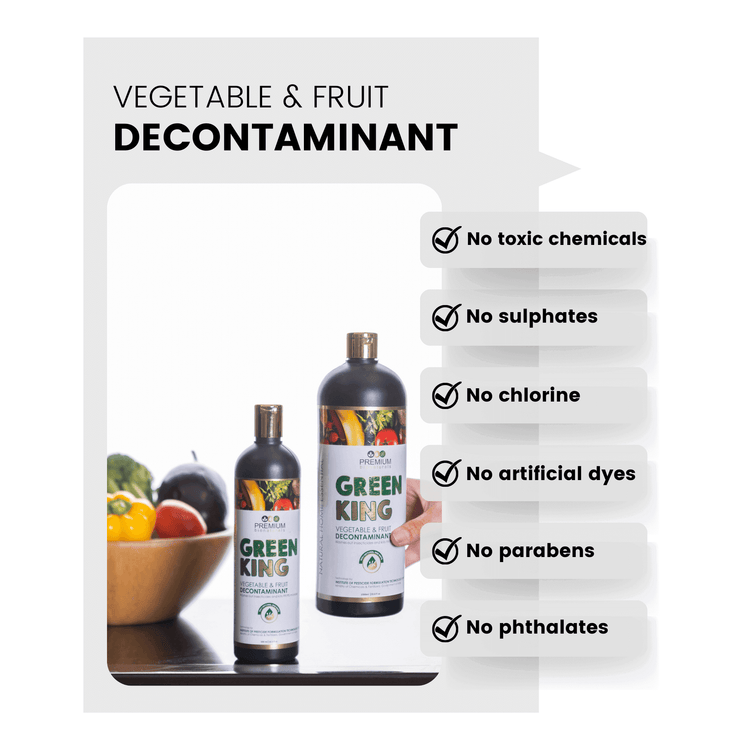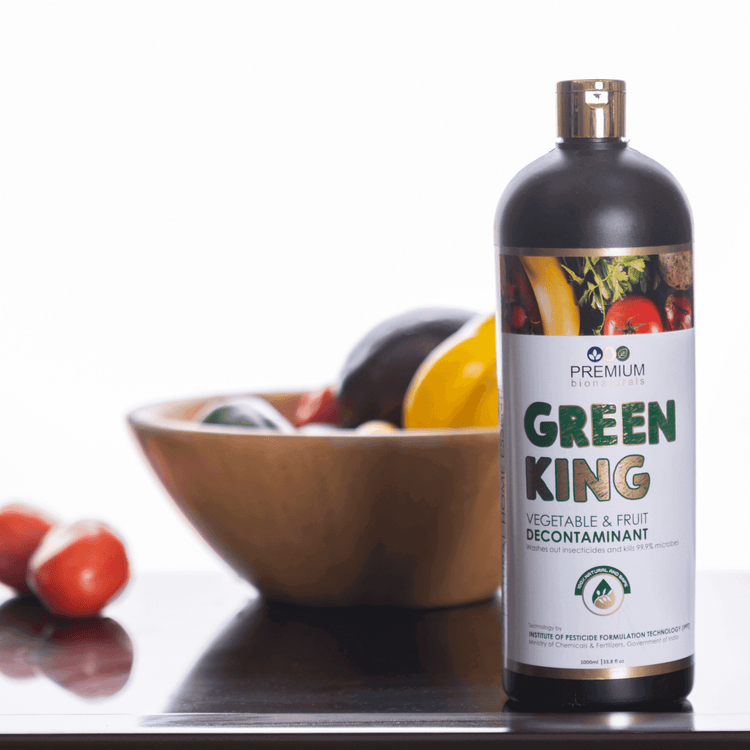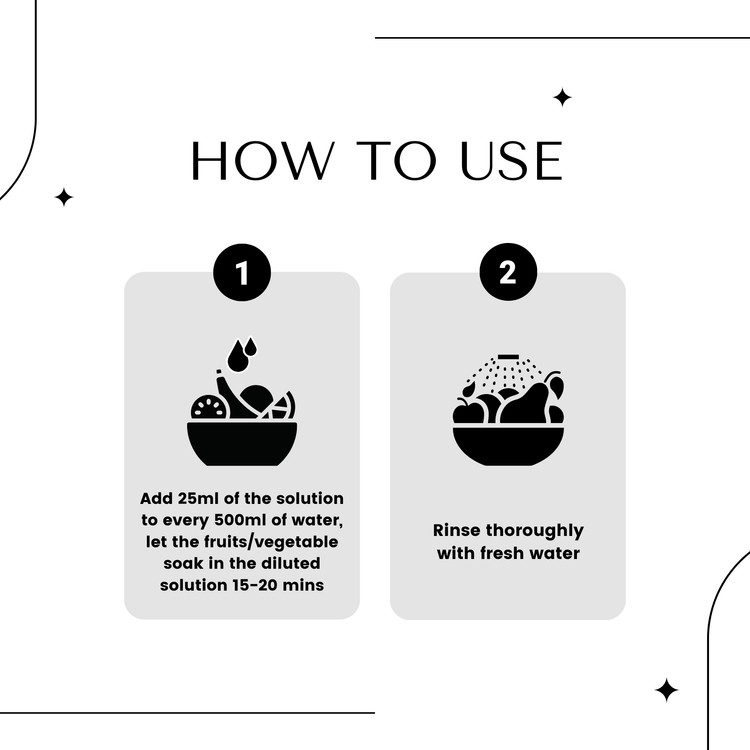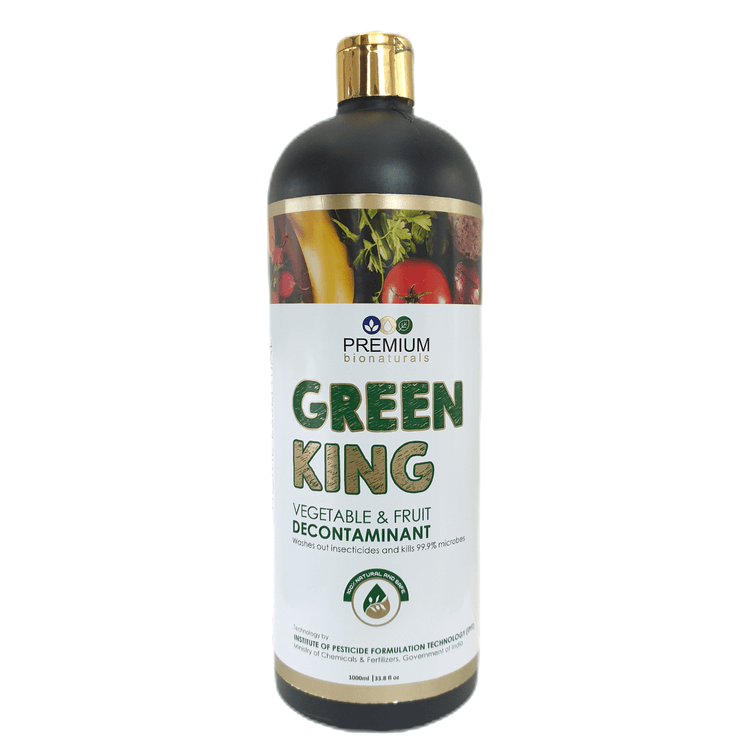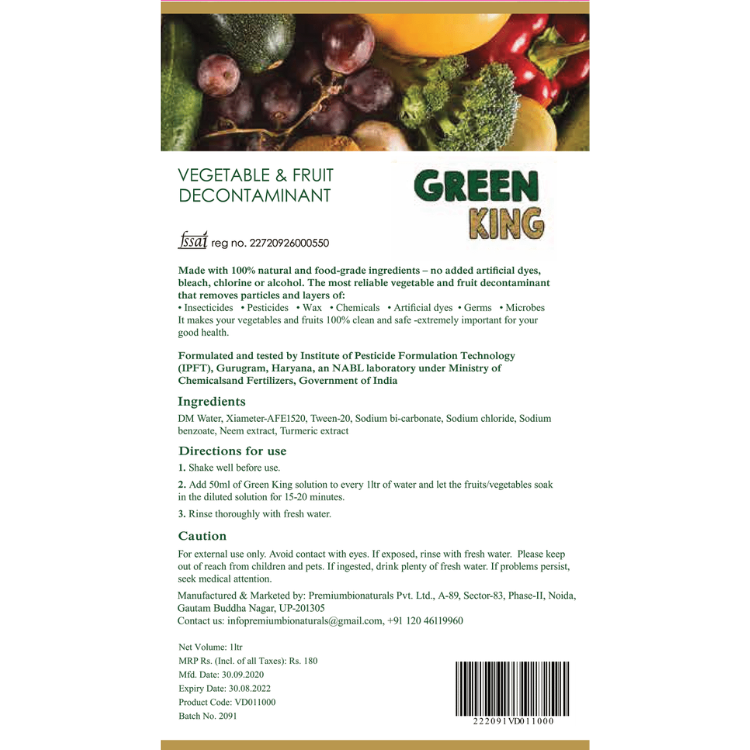The times are changing and we have come a long way from where we started in terms of evolution. Along with this change, a concern has risen for our environment and our planet, and rightfully so since we have Mother Nature to thank for our existence so it is only fair that we give back and maintain that peace and harmony for the sake of both our current as well as future generations. One way of doing that is changing the way we live our lives and switching to eco-friendly products. That is all well and good but with the increasing eco-friendly consumerism also comes brands that are out there to make money and some may make you question the effectiveness of these products and what they are actually made of.
It is very difficult to find a genuine eco-friendly brand that does what it claims thanks to a lot of brands that lie in order to make you think their products are clean, toxin-free and safe which in turn makes it difficult for us as consumers to identify the right product. This dirty marketing technique that they use is called “greenwashing” and let’s admit it - we have all fallen prey to lies like that.
There are a number of ways to identify genuine products and here are some of the most common ones:
1. Ingredients - The easiest way to identify an eco-friendly product is to see what it is made of. Ingredient transparency is usually a big thumbs-up as it encourages honesty and makes it convenient for us to look up its effects on the Internet.
2. Third-party Certifications – Is the product certified organic, vegan, cruelty-free or tested in a certified lab? There are endless number of certifications that can help you in identifying the right product, keep an eye out for certifications as they confirm what you are looking for and makes it easier for you to choose.
3. Packaging – Look for the kind of packaging the brand uses. Is it recycled plastic, cardboard, paper, bamboo? Again, the options are limitless but some times brands that use eco-friendly packaging may use excess external packaging like bubble-wrap and cling-wrap. Buy in bulk and you could reduce the packaging used.
4. Delivery – This is something that not a lot of people pay attention to but delivering the product to its destination also leaves a carbon footprint. Buying locally sourced products can reduce that footprint. Go vocal for local all the way!
5. Reviews – Probably the most common and effective way, looking up reviews and testimonials from people who have used the product also goes a long way. Do an Internet search and find out as much as you can about the brand to know more about their operations and products.
Everyone has a different version of eco-friendly and some will be more focused on one than the other but that is okay. There are a million ways of identifying effective eco-friendly products, none that can beat your own experience with it though. So let us do our due diligence before an “eco-friendly” purchase, and much as cliché it may sound, make the world a better place together.










